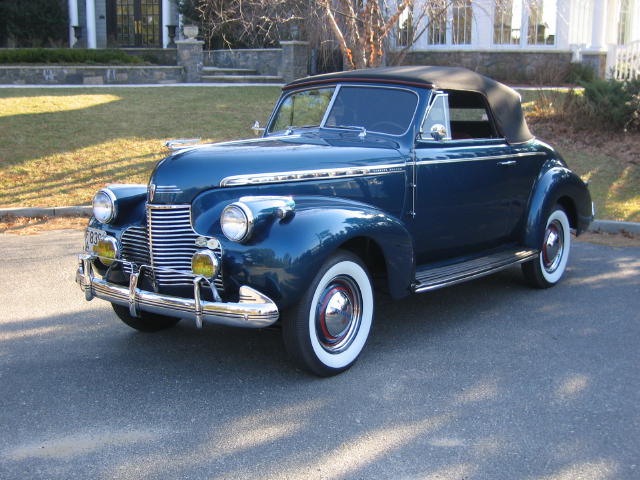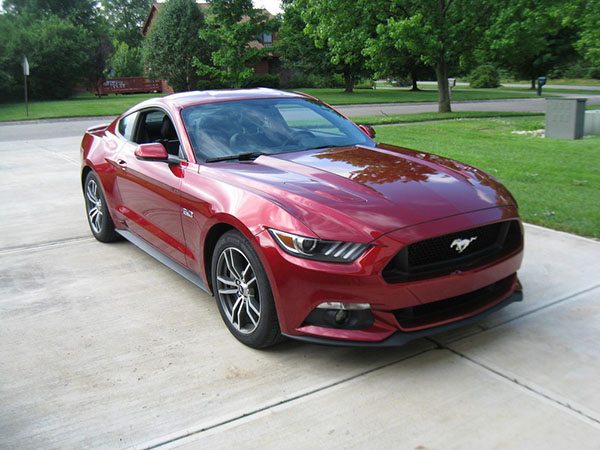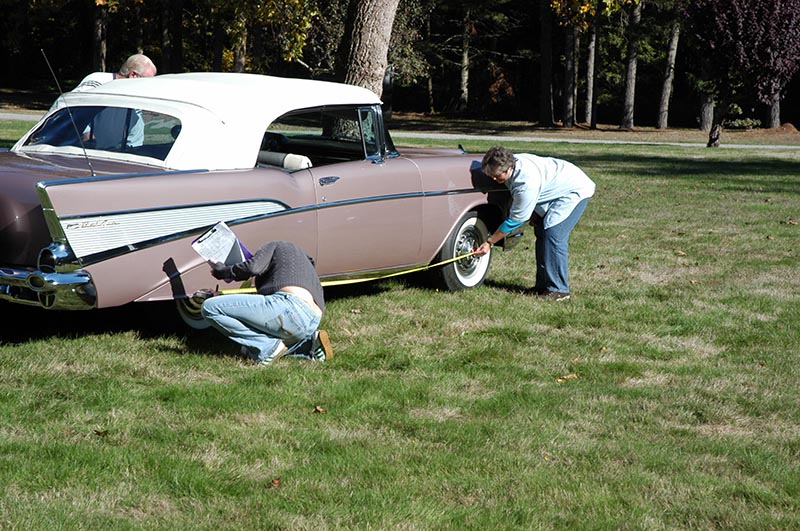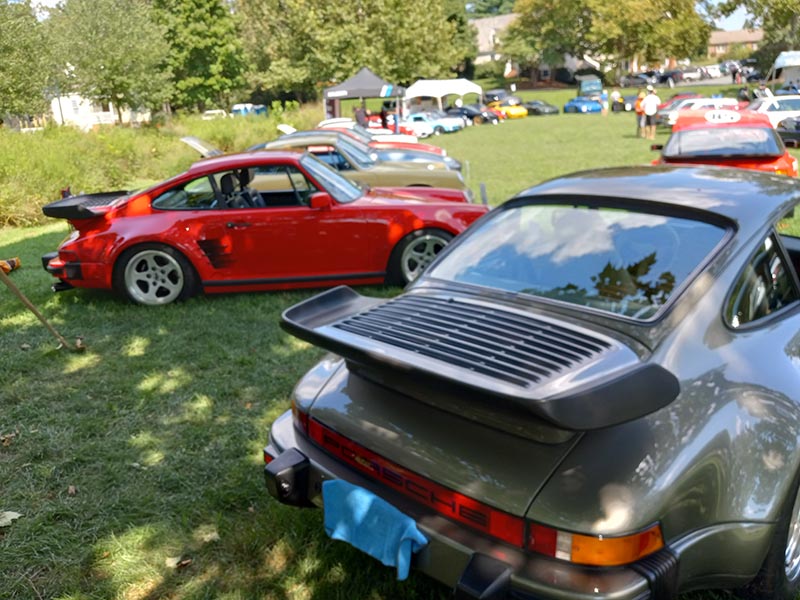At some time in 1952, GM President, Harlow Curtice and the General Manager, Thomas Keating met with Harley Earl head of the company’s Art & Color Section, which was responsible for the design of all new GM products. The purpose was to view a mock up of a project that Earl and a few trusted members of his team had been working on in secret. Earl felt this car would stimulate Chevrolet sales and add glamour and prestige to what was a fairly unexciting range of family cars.
When Earl raised the curtain he revealed a sleek, low-slung, two seat sports car, something that no other American volume producer had in their line-up. Both Curtice and Keating were impressed with the car and Earl’s enthusiasm for the project. Construction of a prototype for display at the company’s 1953 Autorama show was started immediately but the final production depended very much on the car’s reception at those shows.
The first Motorama show of 1953 took place in New York City in January and the Corvette was a runaway success. As the show progressed to other venues across the country, Chevrolet was bombarded with enquiries about the sports car. Everybody wanted to know when it would be available and how much it would cost. GM wasted no time in putting the car into production. With the new innovative fiberglass body and devotion to sports car ideals, Chevrolet’s great sports car experiment was about to begin. Anticipating low production numbers for the first year, Chevrolet used it’s tried and proven 235 CU inline six cylinder engine. It was coupled with the stock Chevrolet Powerglide two-speed automatic transmission. By years end 300 Corvettes were built.
As planned, production for 1954 models moved to a renovated St. Louis facility and began in December 1953. As 1954 drew to a close, the Corvette was in big trouble. In all, 3640 Corvettes had been built for 1954 and half were still unsold when the 1955 model was ready.
The 1955 model introduced the V-8 engine and other exterior paint colors but unfortunately only 700 cars were ordered.
It looked like the end of the road for the Chevrolet Corvette but an unexpected savior appeared to keep the Corvette alive! The Ford Thunderbird! Chevrolet was not to be defeated by its primary competitor and decided to keep the Corvette in production to deny Ford that particular segment of the market. And as they say, “the rest is history”.
~submitted by Tommy Mallory, AAG Agent, Ashland Missouri
What’s trending with Corvette values?
1953’s are up 3 %
1956’s are up 2%
1959’s are up 1%
1966’s are up 2%
1969’s are up 5%








